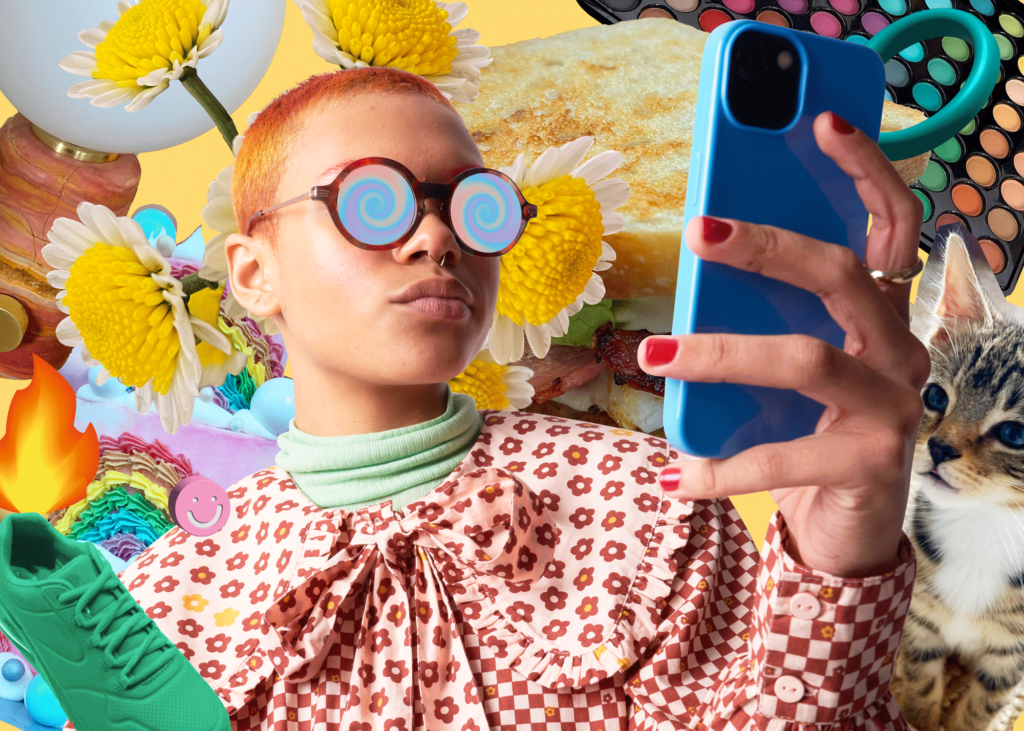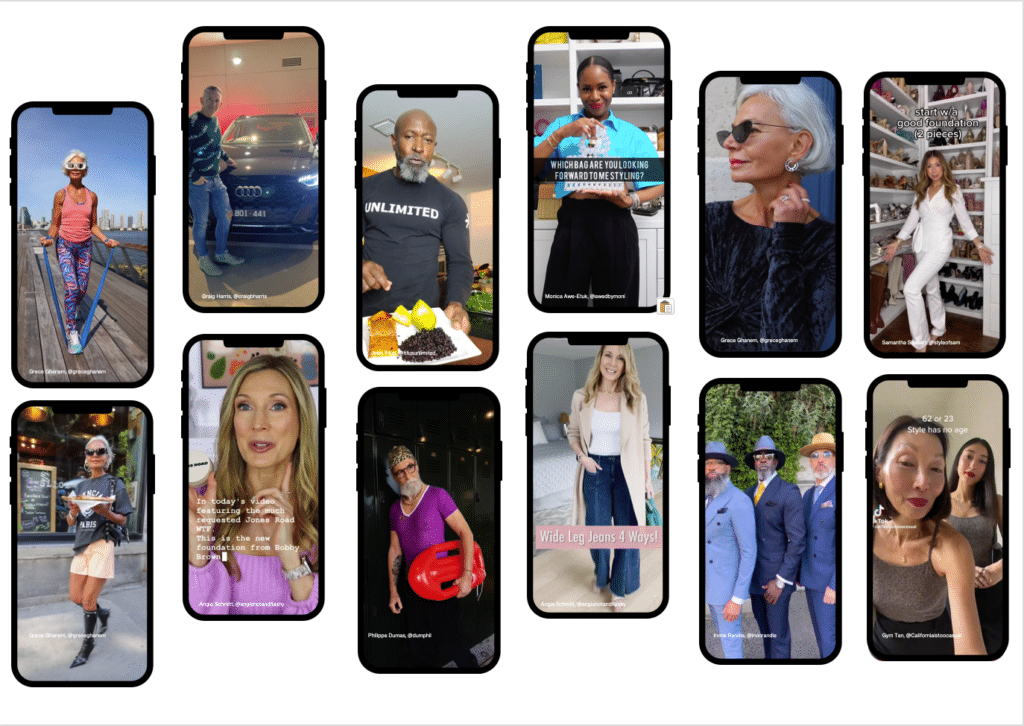Whitney Fishman, Head of Innovation & Consumer Technology at Wavemaker US, featured in Forbes with her views on delivering a better experience for customers this holiday season.
Holiday shopping has always been centered on three consumer tenets:
1. Spend as little time and money shopping as possible
2. Secure the best gift possible
3. Revel in the glow of successfully gifting
These three tenants have continued to shape how consumers shop and how retailers cater to them. Some of these evolutions include publicizing holiday sales increasingly earlier each year, expanding Black Friday and Cyber Monday’s online footprint, and driving couponing and comparison shopping for forced competition.
However, it’s not simply about racing to offer consumers more options, cheaper prices and home delivery. Gifting isn’t about checking off a list of names — it’s an emotional experience about finding something that will help facilitate a connection between giver and receiver.
While some gifts may be more practical than emotional (e.g., securing something under $5 for the office Secret Santa), there’s both thought and emotion that goes into the consumer journey when someone makes a purchase for someone they care about. For such an emotional process, consumers are not looking to simply browse the shelves of packed stores until something catches their eye. They are looking for increasingly innovative and personalized experiences that create memorable journeys to their emotional gifting destination.
Luckily for brands, there are more ways than ever to tap into the emotional intelligence (EQ) of holiday shopping.
Create Memorable Experiences
Those with physical retail presence — major players, expanding direct-to-consumer brands or newly established companies — have the opportunity to transform the actual shopping experience into a positive memory associated with the gifting.
While unexpected, utility-driven touches such as complimentary gift-wrapping or free Wi-Fi are always appreciated. Memorable experiences create brand loyalty and allow customers to feel appreciated.
For example, the American Girl store in NYC offers a full-service salon with hairstyling, ear piercing and manicures for both child and doll, encouraging consumers not to simply come shop for a gift but to instead turn a trip to the store into the gift itself. This turns a gift from a simple doll’s dress into a day of pampering and bonding between parent and child.
Imagine if a brand such as Nike created a full-service training/testing center for its products? Or if Macy’s turned its stores into a holiday wonderland, complete with elves, (fake) snow and hot chocolate? As more brands try and create lasting experiences, it’s in-store experiences like these that will continue to draw consumers.
Personalize With Data
Customers are also always appreciative of digital innovations that simplify in-store experiences such as customer-accessible price scanners. But brick-and-mortars are pushing innovation to new limits, taking the guesswork out of gifting with data-led decision making.
Recently, Target launched a visual merchandising tool that helps consumers find products that go with other products they’re considering. Innovations like these allow people to buy loved ones items they know will complement their current tastes and wardrobe.
A husband no longer needs to question the perfect shirt or scarf to gift his wife when he can instead use her favorite lipstick to match it to an item that fits her style. If this innovation stays, retailers nationwide may be able to ditch the gift receipt with gift givers feeling more secure in their everyday gift decisions.
Move Beyond Imagination To Visualization
One of the biggest worries consumers have is whether their online gift purchases will stun their loved ones in real life as it stunned them online. There is no worse feeling than when a hot red racing bicycle is unboxed to reveal a drab, off-brown clunker of a two-wheeler.
Last year, IKEA, one of our clients, introduced a mobile app that allows customers to choose an item of furniture and, using augmented reality (AR), see where it would fit in their home. Imagine the uses of this in terms of gift-giving, with consumers being able to see if the recipient has space in their home for a piece of art or entertainment system.
Take this one step further with parents being able to explore and interact with large toys and electronic devices via virtual reality (VR) before gifting them to children. As VR and AR become more commonplace, they will also allow gift givers to know not just the product but the experience they are giving, ensuring that it’s something they will want to revisit again and again.
Create Convenience Through Voice And Visual Search
For brands focusing on optimizing the digital experience, there are still plenty of ways to tap into the emotional part of holiday shopping. Leveraging the power of voice search offers ways to connect through your phone or home devices to ask questions, get advice and have confidence in final gift selection.
Argos, in the U.K., which launched a “voice shopping” service, is allowing consumers to check the availability of a product and reserve it in-store via Google Home or Google Assistant. Forever 21 is employing an artificial intelligence-powered visual website navigation tool that allows consumers to search for products using icons and visual search features to find that must-have item.
And for those on the go, new features and partnerships such as Snap/Amazon’s in-app shopping capability and Instagram’s rumored investment in a standalone shopping app, IG Shopping, are bringing the “retail everywhere” concept to life to connect the online and offline. These quick and frictionless shopping experiences allow those who prefer to shop via the web to not be handcuffed to traditional online shopping pitfalls. Rather, they can explore in a personalized way that leaves an impression on them for future consideration.
During this holiday season, brands and retailers must consider what it’s like to be a consumer during the holidays. How does it feel to have the pressure of wanting to deliver the perfect gift? What are they looking for from a brand to simplify decision making? In what ways can the online and offline experience complement each other to ensure repeat visits? Taking this consumer-centric lens will ensure you keep them coming back well after the holidays are over.
This article first appeared in Forbes








